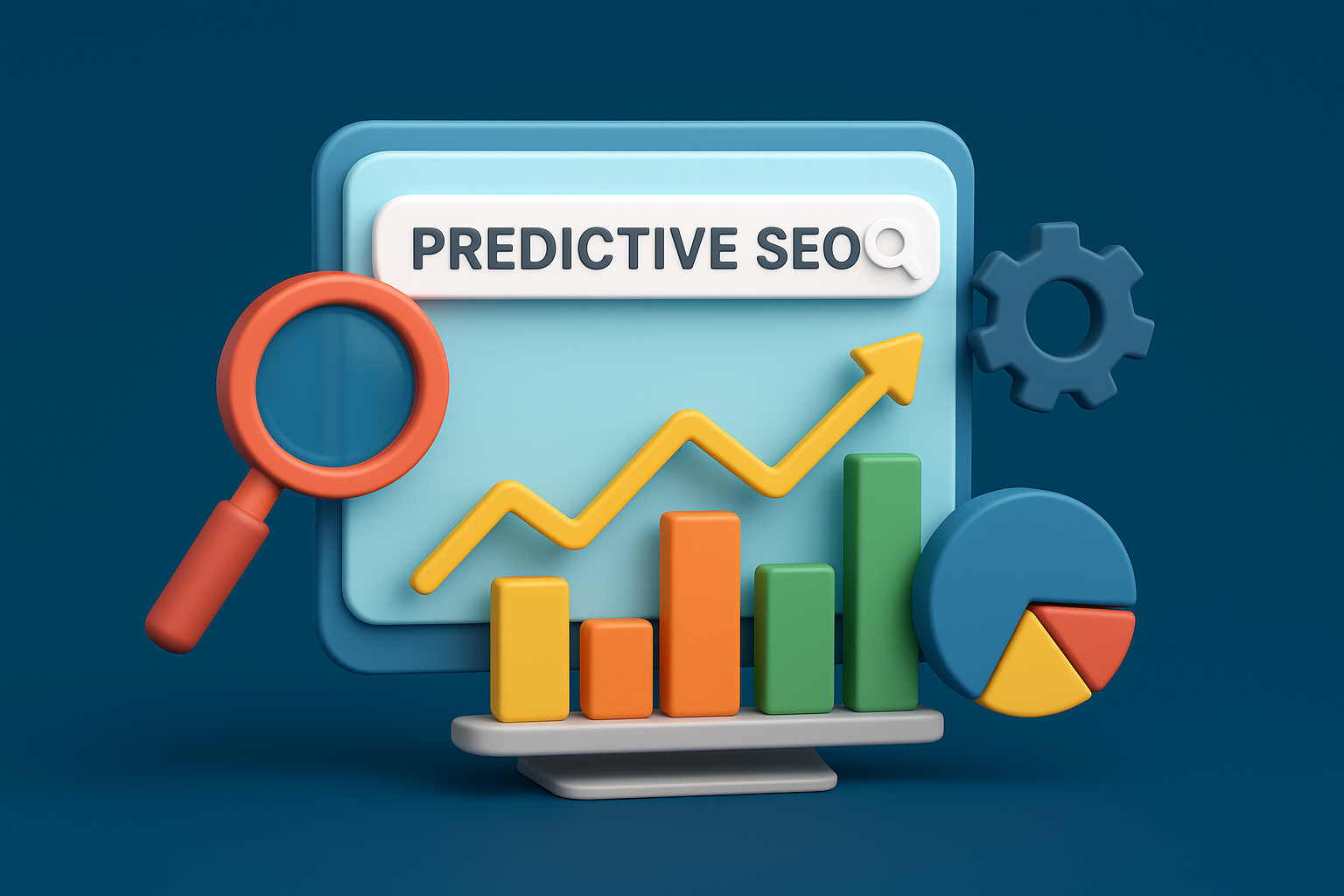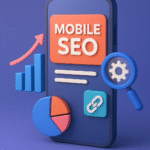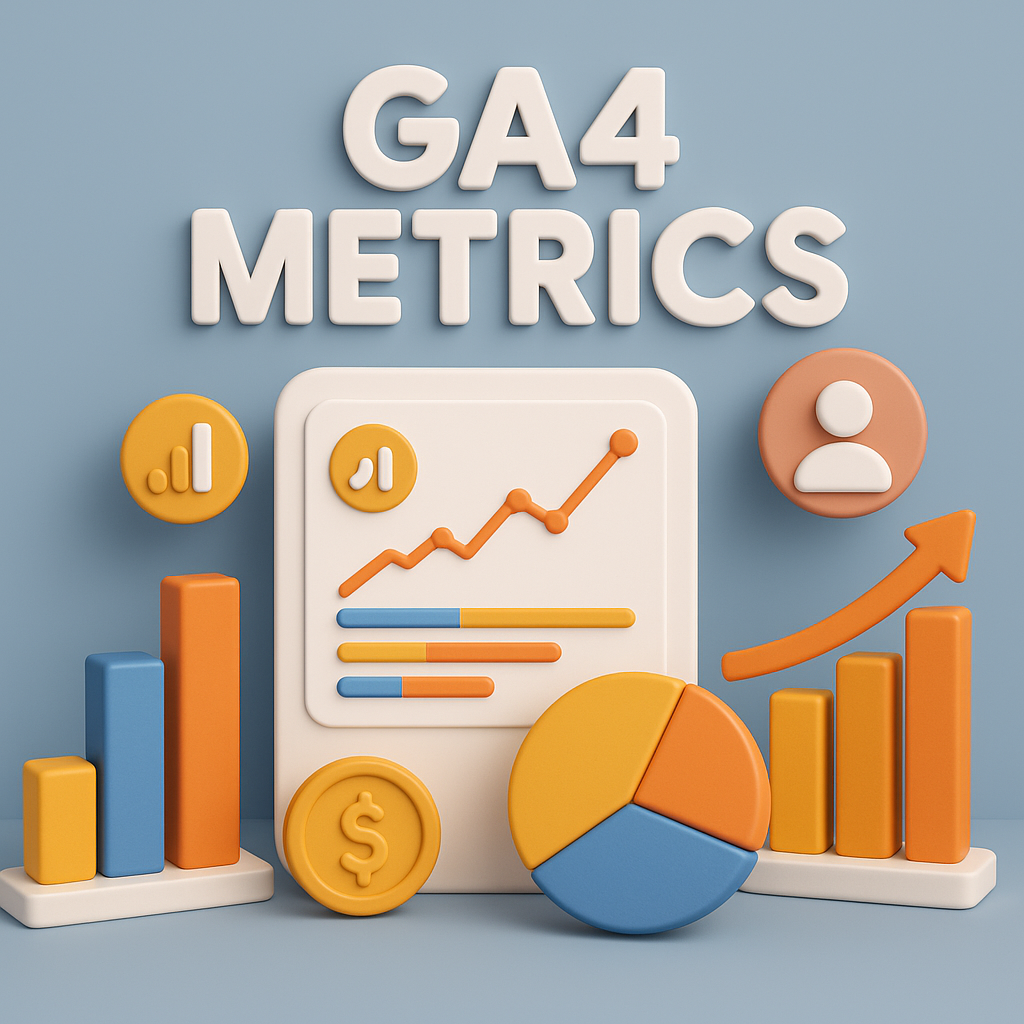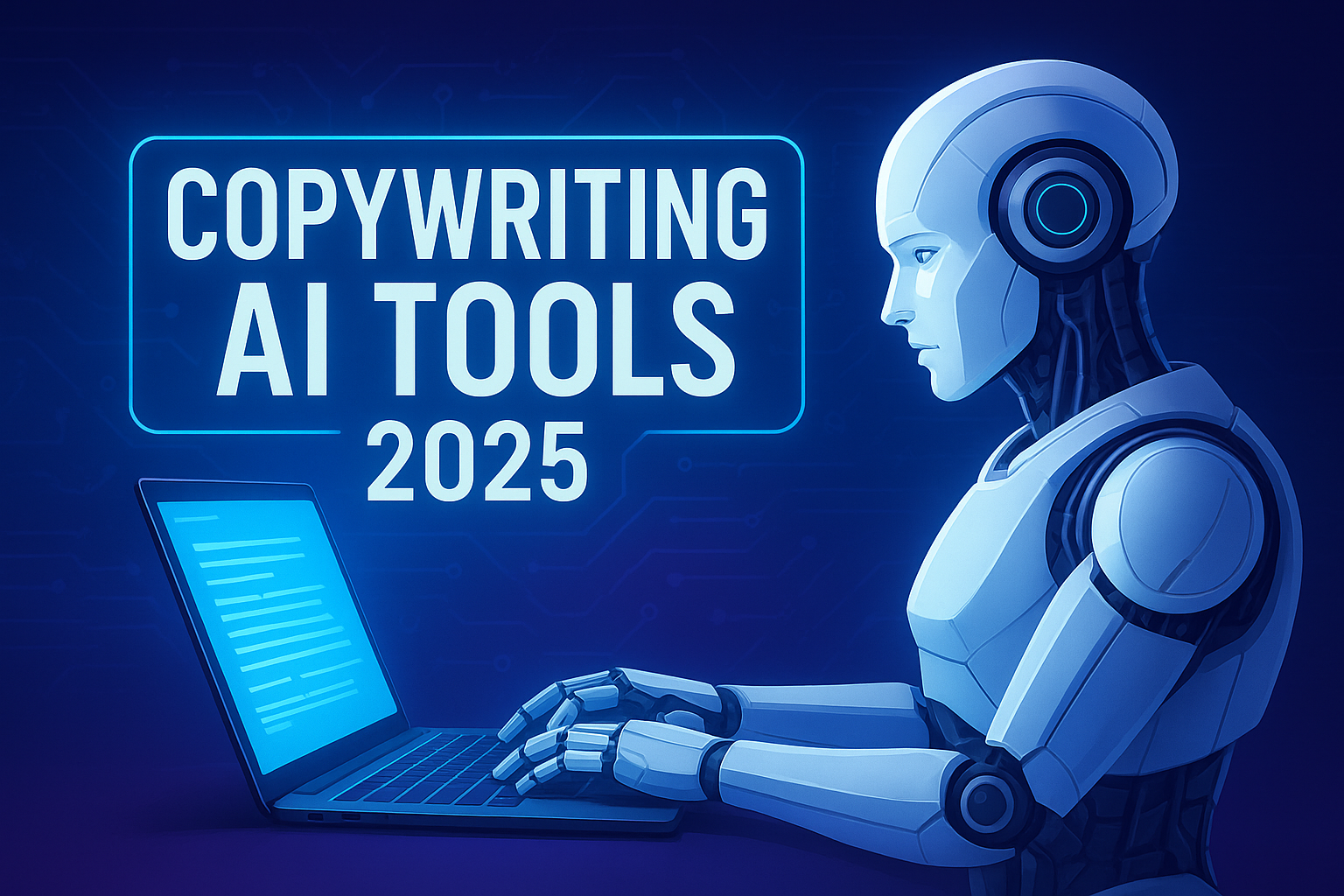

Predictive SEO
SEO is no longer just about optimizing pages for keywords—it is about understanding what users will search for next. This is where Predictive SEO comes in. Predictive SEO uses artificial intelligence, machine learning, data analytics, and search behavior modeling to forecast future trends, search patterns, and content opportunities. By leveraging predictive insights, brands can stay ahead of competitors and meet user intent before the demand peaks.
In today’s world of rapid algorithm changes, content saturation, and increased competition, businesses need advanced SEO strategies. Predictive SEO helps marketers move from reactive optimization to proactive digital growth.
Table of Contents
ToggleWhat Is Predictive SEO?
Predictive SEO is an advanced SEO strategy that uses future-focused data to predict upcoming keyword trends, ranking factors, user search behavior, and content opportunities. Instead of optimizing after a trend emerges, Predictive SEO helps businesses prepare ahead of time.
It combines:
AI-driven keyword forecasting
Historical data analysis
Predictive analytics and machine learning models
SERP trend monitoring
Competitor intent analysis
The primary goal is to ensure that your website ranks before your competitors even realize a search trend is emerging.
How Predictive SEO Works
Predictive SEO works by analyzing past and current data from various SEO metrics such as:
Keyword search volume
Competitor ranking movements
Market trends and seasonal patterns
Behavioural search patterns
Traffic fluctuations
Google algorithm shifts
Based on this data, predictive models forecast:
Which keywords will grow in the next few months
What type of content will perform best
Which search intents will rise
What ranking factors Google may prioritize next
Tools like Google Trends, Semrush, Ahrefs, Surfer, and AI-driven platforms help marketers understand emerging opportunities long before the trend peaks.
Benefits of Predictive SEO
1. Stay Ahead of Competitors
Predictive SEO gives brands a competitive advantage by letting them publish content before search demand increases. This ensures higher chances of ranking on page one with minimal competition.
2. Boost Organic Traffic Growth
By targeting future keywords and content topics early, websites attract more long-term, stable organic traffic. As trends grow, your content naturally gains authority and impressions.
3. Improve Content Strategy Efficiency
Predictive SEO helps avoid outdated or low-performing topics. Instead, it prioritizes content with future potential, ensuring better ROI on writing efforts.
4. Optimize for Algorithm Updates
Predictive models analyze past Google updates to identify patterns. This helps brands adjust technical SEO and content strategy before new updates roll out.
5. Reduce SEO Uncertainty
Traditional SEO reacts to existing data—but that often leads to late optimization. Predictive SEO reduces guesswork by revealing what to optimize next.
Key Elements of Predictive SEO
1. Predictive Keyword Research
This involves using AI tools to uncover keywords with rising interest but low competition. These keywords may have small search volumes today but show clear upward trends. Targeting them early helps you rank faster and dominate the keyword cluster.
2. Search Intent Forecasting
Predictive SEO analyzes how user intent is shifting. For example:
“Buy now” intent increases during festive seasons
“Near me” searches rise on weekends
“Best tools for…” spikes before new fiscal year planning
Brands that understand upcoming intent shifts can create content that matches the evolving user journey.
3. SERP Pattern Analysis
Tracking how Google displays search results helps predict:
Future featured snippets
Video search opportunities
Image SEO importance
User-generated content dominance
If SERP features are changing, predictive insights reveal what content formats will rank best in the future.
4. Content Opportunity Discovery
AI tools can identify content gaps in your domain and predict which topics will gain popularity. This allows you to build a future-proof content calendar.
5. Predicting Competitor Moves
Predictive SEO tools monitor competitor keyword rankings and behavior. By identifying what competitors are preparing to rank for, you can create better, faster, and more optimized content.
Effective Strategies to Implement Predictive SEO
1. Use Trend Forecasting Tools
Platforms like Google Trends, Exploding Topics, Glimpse, Semrush Keyword Trends, and BuzzSumo can help you discover rising topics early.
2. Build Topic Clusters for Future Keywords
Do not wait for a keyword to explode. Create a full cluster including:
Pillar page
Supporting blogs
FAQs
Internal linking structure
This helps you dominate an entire niche before it becomes competitive.
3. Analyze Historical Search Data
Look for yearly, quarterly, or seasonal patterns. For example:
Fitness searches rise in January
Travel keywords rise in summer
Real estate searches spike during festive seasons
Use these trends to plan content ahead of time.
4. Predict Content Types
AI can help analyze which type of content will perform best:
Blogs
Videos
Infographics
Listicles
Case studies
Comparison guides
If Google is focusing more on videos for a keyword, creating a video early will help you gain more visibility.
5. Monitor Algorithm Trends
Predictive SEO models analyze Google’s update history and assess which ranking factors are becoming more important, such as:
Helpful content signals
EEAT (Experience, Expertise, Authority, Trust)
Page experience and Core Web Vitals
User engagement metrics
This helps you future-proof your SEO strategy.
Examples of Predictive SEO Use Cases
E-commerce
An ecommerce brand can use predictive SEO to forecast product trends before festive seasons and prepare category pages in advance.
Travel Industry
Travel agencies can predict destination search peaks and publish guides months before demand rises.
Tech Blogs
Technology websites can identify upcoming product launches and publish content in advance (e.g., new iPhone rumors, software updates).
Healthcare
Health websites can prepare content for seasonal illnesses or awareness months before traffic spikes.
Why Predictive SEO Is the Future
The shift from traditional SEO to Predictive SEO is happening because modern users are unpredictable and search journeys are constantly evolving. With the rise of AI assistants, voice search, and personalized search algorithms, SEO must be smarter and proactive.
Predictive SEO ensures your brand:
Is ready for upcoming trends
Builds topical authority faster
Dominates rankings before competitors
Achieves long-lasting organic growth
Brands that adopt predictive SEO today will have a massive advantage in the next 5 years.
Final Thoughts
Predictive SEO represents the next big shift in digital marketing. By combining data analytics, AI, and search forecasting, businesses can stay ahead of search trends and publish content before competitors. As organic search becomes more competitive, predictive SEO helps marketers reduce guesswork, make smarter decisions, and generate consistent long-term results.






















Post Comment